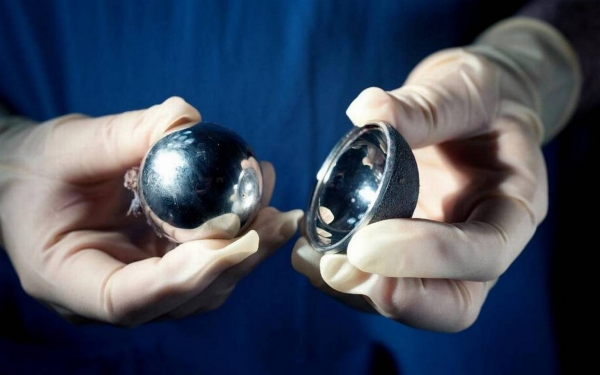Federal Drug Administration meets to discuss Metal on Metal Hips.
Federal Drug Administration meets to discuss Metal on Metal Hips.
What’s the Background to this Public Advisory Panel Meeting?
Federal Drug Administration meets to discuss Metal on Metal Hips. While replacement hip systems have been in use for over 50 years MoM hip implants are a relatively new orthopaedic procedure and were marketed as the latest advance in hip replacements. They were primarily targeted at young active patients who needed a hip that would last a whole lifetime. Often the MoM system was used to relieve pain and restore joint function in patients with chronic hip pain or disease which was not responding to conventional therapy. With the extensive use of MoM hip systems there is now a deeper knowledge and more research available on their clinical performance and adverse effects.
June 28th: The FDA today concluded their hosting of a public advisory panel meeting which considered all of the issues relating to MoM Hip Systems.
The meeting brought together medical device manufacturers, doctors, surgeons, researchers and the general public.
What items were scheduled for discussion at the FDA meeting?
The latest data from the British National Joint Registry (BNJR) shows an unacceptably high level of hip revision. Hip revision surgery is required to repair an artificial hip joint that has been damaged due to an infection, or due to abnormal wear and tear of the prosthetic hip. The average 5-year revision rate for MoM implants on the BNJR 2011 Report was 6.2% which was almost three times higher than that for alternative non metal hip implant devices. Two device manufactures had revision rates of over 10% after 5 years.Recent data from other national orthopaedic implant registries, research articles in reputable medical journals including “The Lancet”, and presentations at scientific meetings have indicated increases in safety issues linked to MoM hip systems.
A high rate of aseptic loosening (wear and tear) is the most common cause of failure in hip prostheses and occurs when wear on a prosthetic joint produces microscopic debris particles that trigger a response from the patient’s immune system. This wear can lead to the production and accumulation of cobalt and chromium metal ions. Malpositioning of prosthesis when it’s been implanted may significantly impact device wear and the local production of metal debris.Individuals react differently to elevated cobalt and chromium levels. Some patients may have no significant reaction to these materials. Others may have a toxic reaction or be hyper-sensitive to the metal particles.
Reactions to the metal debris include what doctors term a “significant inflammatory response” which, over time, can lead to peri-prosthetic bone and tissue destruction. Peri-prosthetic fractures are fractures around joint replacement prosthesis.The effect of soft tissue destruction may lead to pain, implant loosening, device failure, and the need for revision surgery. The exact incidence or prevalence of adverse local tissue reactions (ALTR) is not known as there is no research available to predict which patients are most susceptible.
This FDA advisory panel meeting was organised to act as a forum for gathering and reviewing all the currently available data regarding MoM hip systems. The main aims of the meeting were to better understand any potential and real safety risks associated with MoM hips and generate scientifically-based recommendations for healthcare professionals and patients. The summation and minutes of the meeting will be published over the coming weeks.
If you have concerns over your metal-on-metal hip implants please contact a client care executive on 01 – 8744422 or email hips@mlaw.ie

